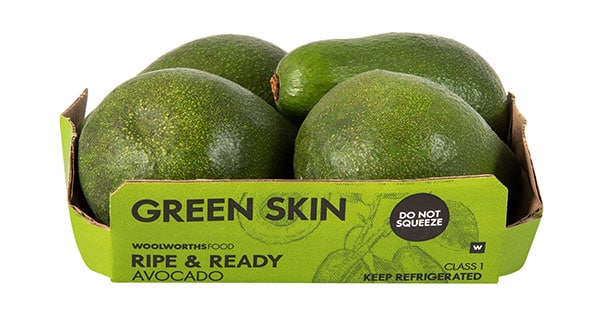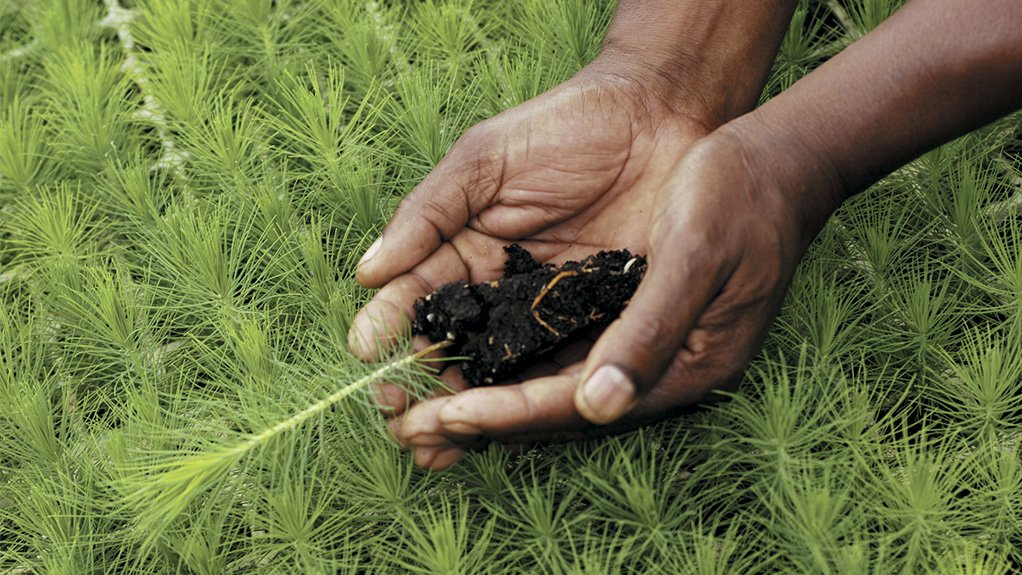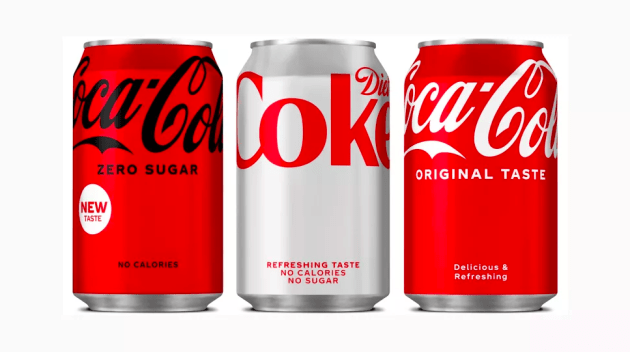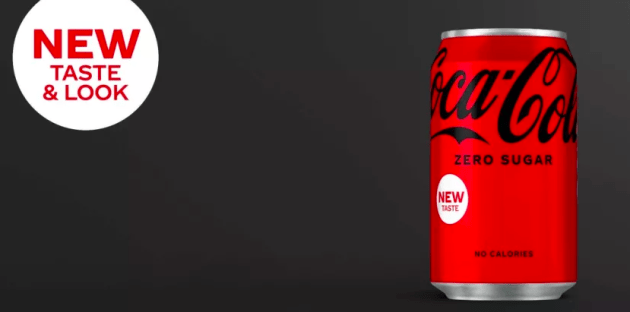Woolworths has announced that an additional 50 stores plus two new stores will be single-use plastic shopping bag free by the end of April and has replaced plastic packaging with kraft packaging for popular ‘Ripe and Ready’ avocados.
These milestones help steer the retailer towards its vision of ZERO packaging waste to landfill, which includes the removal of single-use plastic from its stores and commitment for all its packaging to be either reusable or recyclable.
“These additional 52 stores based mainly in Gauteng and the Western Cape, takes us to over 200 single-use plastic bag free stores in Southern Africa. A significant achievement at a time when we have had so many supply uncertainties,” says Latiefa Behardien, Woolworths Head of Foods Technology, Safety and Good Business Journey.
Avo packaging gets a makeover
The recent rollout of new avocado packaging to all varieties sees the polystyrene plastic punnet being replaced with a kraft box base made from 63% recycled paper which equates to an annual plastic saving of between 35 – 40 tonsand is covered with a fully recyclable shrink wrap.
It has also had its challenges as the transportation of ‘Ripe and Ready’ avocados from farm to distribution centre to store and then into customer’s homes requires gentle but robust packaging choice.
“We have been working closely with our suppliers and packaging manufacturers for over two years on this new design, including extensive customer trials over the last eight months with the various avocado varieties.
“We are confident that the new packaging will deliver the functionality that we need. Kraft board is an excellent packaging alternative to plastic in that it is 100% fully recyclable, biodegradable, Forest Stewardship Council (FSC N002141) certified and locally-sourced,” concludes Behardien.
Woolies is also trialling in the Western Cape a moisture-resistant kraft pot to replace the traditional plastic pot for its ‘Grow Your Own’ herb range. If the trial is successful, this shift could result in a 13.9 ton plastic reduction per annum.
Source: Woolworths
Source











